Kawamura Memorial DIC Museum of Art
Nestled in Green Natural Surroundings at the Edge of a Tranquil Pond
The Kawamura Memorial DIC Museum of Art is renowned for housing one of Japan’s largest and best art collections. Established in 1990, the museum is situated on a lushly forested site on the Hokuso Plateau, which is located on the outskirts of Sakura, Chiba Prefecture. The museum and the Central Research Laboratories, which are located across the pond, together occupy a 30-hectare site that is home to 200 tree and 500 flower varieties, providing brilliant color and great enjoyment to museum visitors strolling around the property. The museum building, reminiscent of a European castle, was designed by Ichiro Ebihara, famed architect of the Ozaki Memorial Hall (the current Parliamentary Museum).
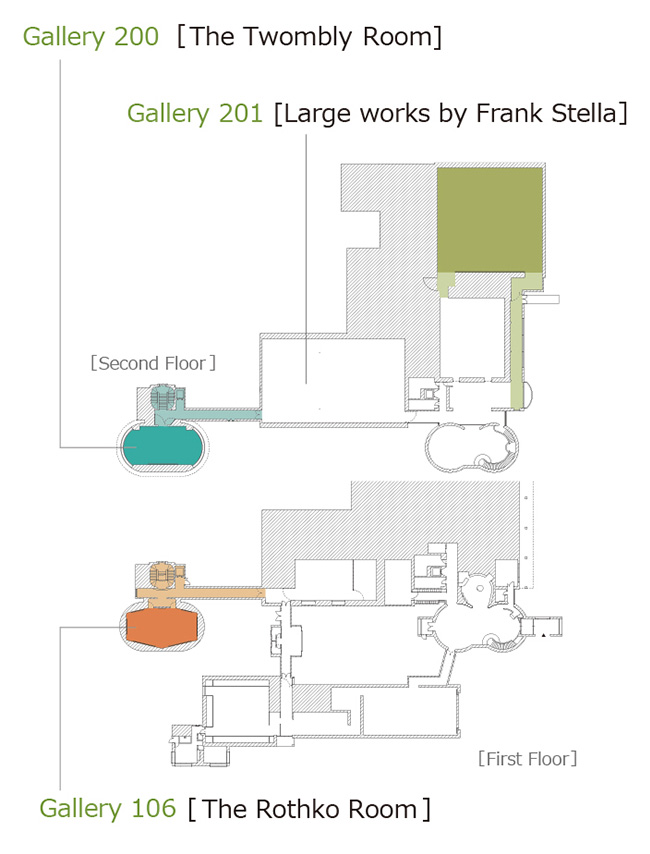
The museum’s permanent collection encompasses more than 1,000 works collected by DIC and its affiliates over the years, 100 of which it exhibits regularly. The collection spans multiple genres that can be loosely divided into three categories. The first is European impressionists and post-impressionists, from Pierre Auguste Renoir and Claude Monet to Pablo Picasso, Henri Matisse and Marc Chagall. The second is abstract pioneers such as Wassily Kandinsky, who emerged from 1910 through the 1930s, and the surrealists, notably Max Ernst and Rene Magritte. The third category is American artists from the mid-1940s, including Jackson Pollock, Mark Rothko, Ad Reinhardt and Morris Louis Bernstein.
While the collection’s other pieces include a portrait by Dutch 17th century master Rembrandt van Rijn, the focus is on postwar American art. In 2008, when DIC celebrated its 100th anniversary, the museum was renovated so it would be able to exhibit a greater number of works. The upgrade included the creation of the Rothko Room. In keeping with DIC’s commitment to the arts and culture, the museum will continue to enhance its facilities and exhibitions to better showcase its extensive collection, part of its corporate social responsibility (CSR) program.
Gems of Postwar American Art in the Permanent Collection
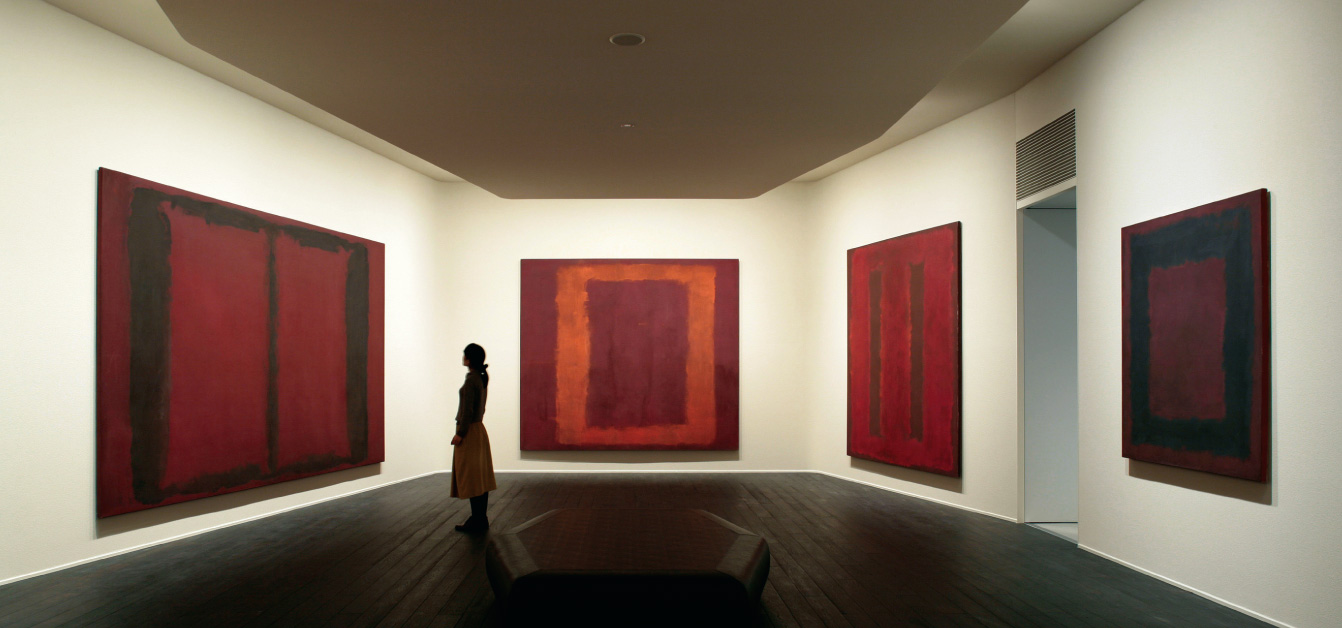
Gallery 106 (The Rothko Room)
The Seagram Murals by leading abstract expressionist Mark Rothko (1903–1970) is a series of 30 pieces commissioned by the Four Seasons restaurant in Manhattan’s Seagram Building. Rothko ultimately broke his commission contract with the restaurant after completing the work. In keeping with his wishes, nine of the murals found a permanent home at Tate Modern in London. After his death, other pieces from the series went to the National Gallery of Art in Washington, D.C., and to the Kawamura Memorial DIC Museum of Art. Gallery 106, the Rothko Room, takes the form of a heptagon to provide a separate wall for each of the seven murals in the museum’s collection. This and the subdued lighting give the visitor the impression of entering a cave.
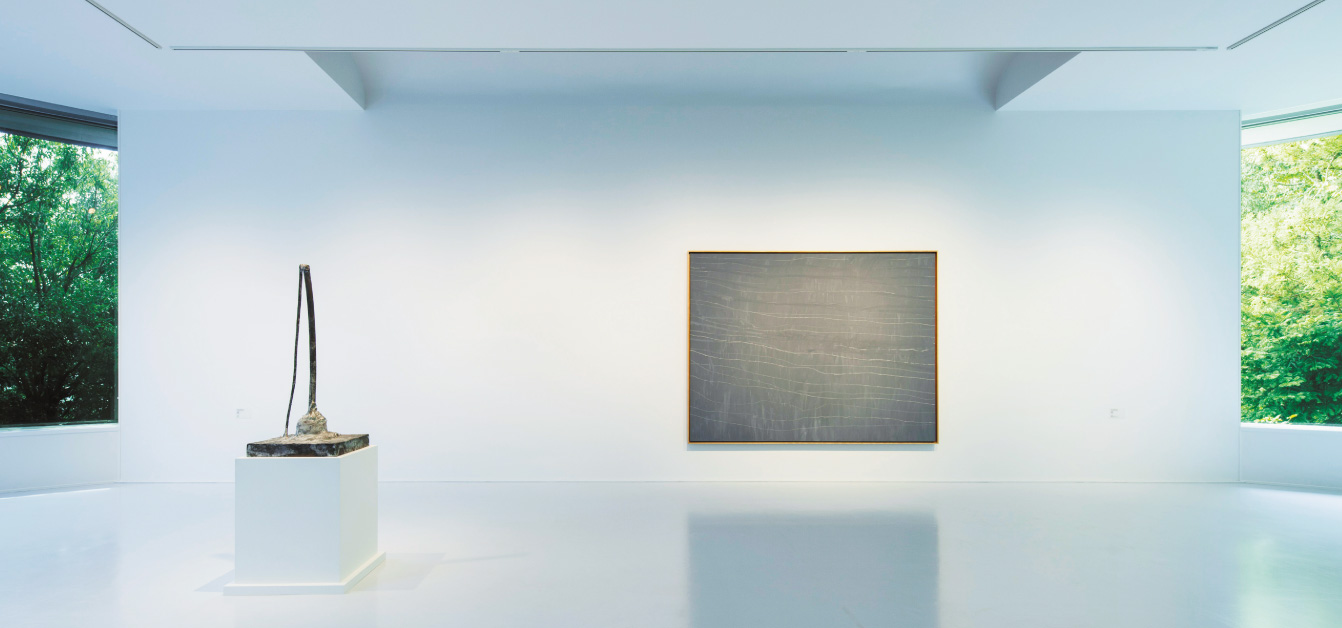
Gallery 200 (The Twombly Room)
Leading American contemporary artist Edwin Parker “Cy” Twombly (1928–2011) left a legacy of many stunning paintings, sculptures, drawings and photographic works. His Untitled bronze sculpture from 1990, one of two Twomblys in the Kawamura Memorial DIC Museum of Art’s collection, is recognized as one of his most important pieces. The original was made of plaster on a wooden mount that Twombly gave to friend Betty Stokes in 1966. He added two twigs to this piece in 1980 and 1981. In 1990, Stokes asked Twombly to recreate the piece in a more robust medium. He responded by making five bronze casts. The museum exhibits edition 1/5, which Stokes kept for a long time and is thus therefore considered to have been special to him. Gallery 200, the Twombly Room, was created in 1990 to house the newly acquired bronze, together with the Twombly painting Untitled (1968), which had been in the museum’s permanent collection from some years before.
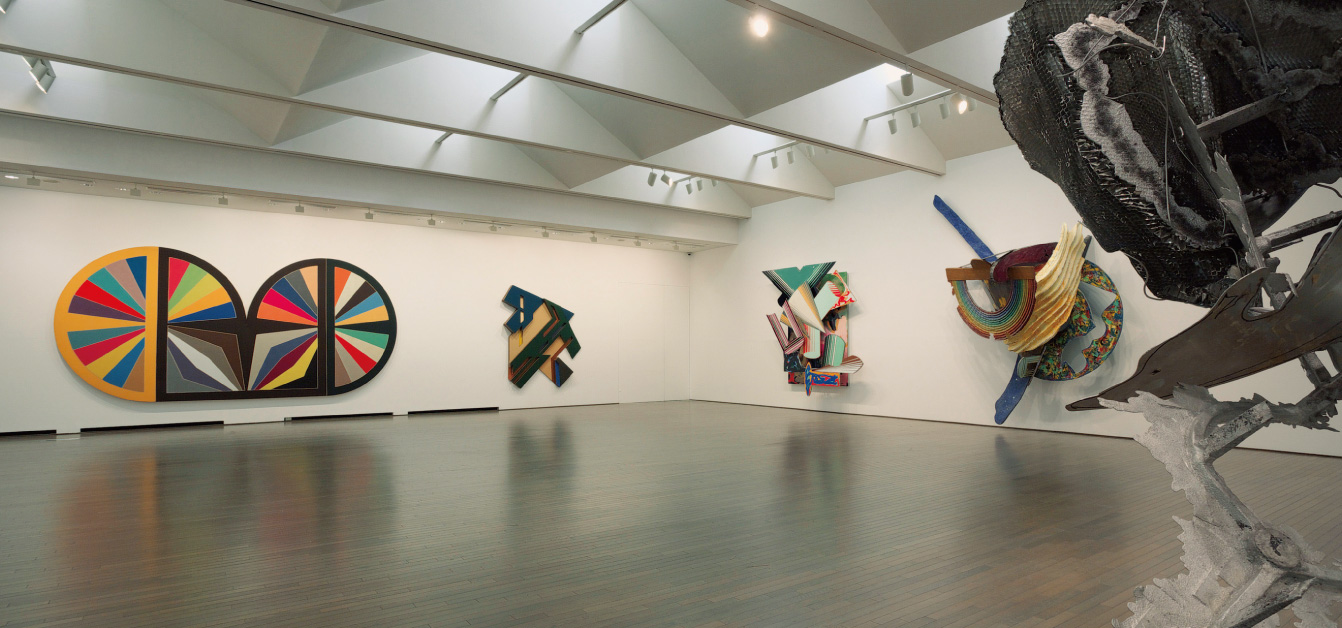
Gallery 201 (Large works by Frank Stella)
Frank Stella (1936–), a leading American postwar abstract expressionist, is constantly experimenting, and continues to paint even today. After attending Princeton University, where he majored in history, Stella created the second version of Tomlinson Court Park at the age of 23, just a year after moving to New York City. The work remains topical as a precursor of minimalist art. His creations thereafter became larger, and he used all manner of unconventional media for painting. They included building materials, cardboard, aluminum and stainless steel. The Kawamura Memorial DIC Museum of Art has the largest Stella collection in the world. It shows his work in chronological order in the spacious Gallery 201, beginning with Tomlinson Court Park (the second version). Located near the entrance of the museum to welcome visitors is the majestic Lunéville, a cast sculpture that is more than seven meters tall and which was created especially for the site.
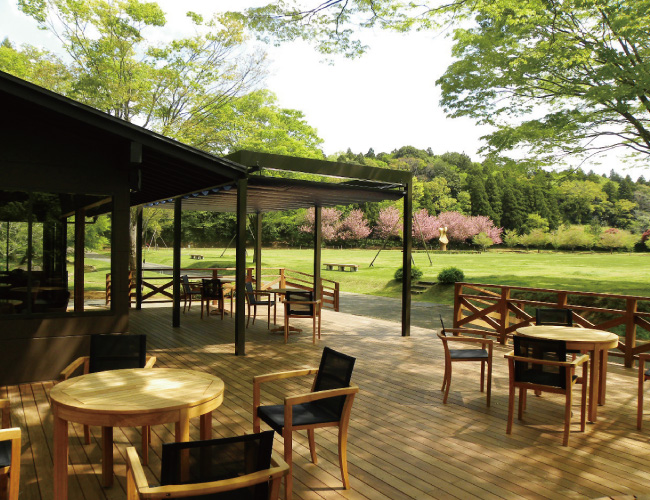
Kawamura Memorial DIC Museum of Art
Hours: 9:30 a.m.–5:00 p.m.
Closed Mondays (except national holidays, in which case it is closed the next non-holiday), during the New Year’s holiday and during exhibit changes.
A free shuttle bus service is available from Sakura Station on the Keisei Line and the JR Line.
The museum has a restaurant and terrace, as well as gardens and a nature trail perfect for walking.
